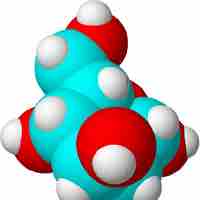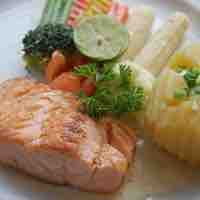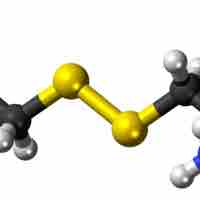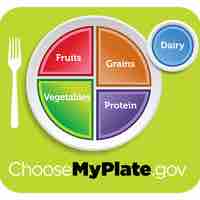Section 1
Nutrition
Book
Version 29
By Boundless
By Boundless
Boundless Anatomy and Physiology
Physiology
by Boundless
5 concepts

Digestive Systems
Animals use the organs of their digestive systems to extract important nutrients from food they consume, which can later be absorbed.

Carbohydrates: Sources, Uses in the Body, and Dietary Requirements
Carbohydrates, which break down to glucose, are a major source of energy for humans, but are not an essential nutrient.

Lipids: Sources, Uses in the Body, and Dietary Requirements
Fats store energy, facilitate absorption of fat-soluble vitamins, aid brain growth and development, and protect against many diseases.

Proteins: Sources, Uses in the Body, and Dietary Requirements
Proteins are composed of 20 different amino acids, about half of which are essential, meaning they must be obtained from the diet.

Food Requirements and Essential Nutrients
Essential nutrients are those that cannot be created by an animal's metabolism and need to be obtained from the diet.